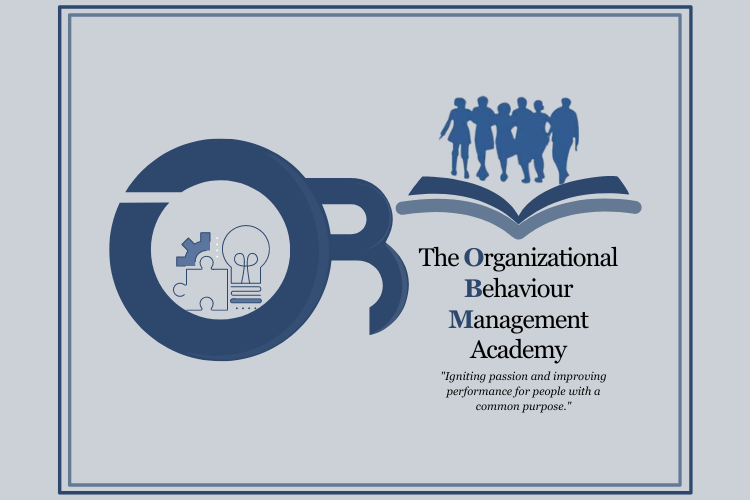In recent years, there has been a noticeable increase in the focus on promoting equity within organizations and society. Achieving equity necessitates the assurance of just treatment, access, and opportunities for all individuals, irrespective of their backgrounds or circumstances. Behavioural Systems Analysis (BSA)—a sub-area of Organizational Behavior Management (OBM)—provides robust tools and methodologies for comprehending and enhancing complex systems. Therefore, it serves as a valuable approach to promoting equity. In this blog post, we will delve into the principles of BSA and their applicability in cultivating equity within organizations and communities.
Understanding Behavioural Systems Analysis (BSA)
Behavioural Systems Analysis (BSA) is a robust multidisciplinary approach that integrates principles from Behavioural Science, systems theory, and organizational behaviour to meticulously examine and enhance complex systems' functioning. BSA focuses on understanding how individual behaviours intricately interact with broader system variables to produce outcomes consistently. Critical components of BSA include meticulously mapping systems to discern elements and interactions of variables within a system, astutely analyzing the behaviours within the system and their profound impact on the overall organizational performance, deftly developing strategies and interventions to adeptly facilitate the acquisition of desired skills and the reduction of undesired performance, and meticulously evaluating and providing feedback to assess and make critical adjustments precisely.
How can we promote equity through BSA?
Utilizing BSA to promote equity means harnessing its principles and methodologies to identify and address systemic barriers contributing to inequity. Here are some ways BSA can be leveraged to foster equity:
1. System Mapping to Identify Inequities: The first step in promoting equity is to understand the existing system and identify where inequities exist. Organizations can use system mapping to visualize their system's different components and interactions, highlighting areas where disparities occur. This involves identifying key stakeholders, mapping processes and interactions, and highlighting any inequalities in treatment, access, and outcomes within the system.
2. Behavioural Analysis to Understand Root Causes: After identifying disparities, behavioural analysis enables the exploration of the underlying causes. This entails scrutinizing the behaviours and practices that lead to unequal outcomes, including implicit biases, systemic barriers, and cultural norms. Implicit biases are unconscious prejudices that influence decision-making and interactions. Systemic barriers encompass structural and procedural obstacles that impede fair access and opportunities, while cultural norms refer to organizational or societal standards that perpetuate inequalities. Organizations can devise tailored interventions to tackle these fundamental issues by comprehending the behaviours fueling these disparities.
3. The design of interventions in BSA focuses on developing strategies to modify behaviours and processes to advance equity. To be effective, such interventions must be evidence-based, inclusive, and sustainable. Equity-promoting interventions encompass activities such as Bias Training, Policy Revisions, and Mentorship Programs.
4. It's important to remember that promoting equity is an ongoing process that involves continuous evaluation and feedback. This includes collecting data, seeking feedback, and adjusting strategies as needed.
Behavioural Systems Analysis offers a robust framework for promoting equity. BSA adeptly identifies and addresses inequities by meticulously mapping systems, analyzing behaviours, and crafting targeted interventions. This approach is indispensable for driving innovation, fostering engagement, and ensuring long-term success in today’s diverse and interconnected world.
